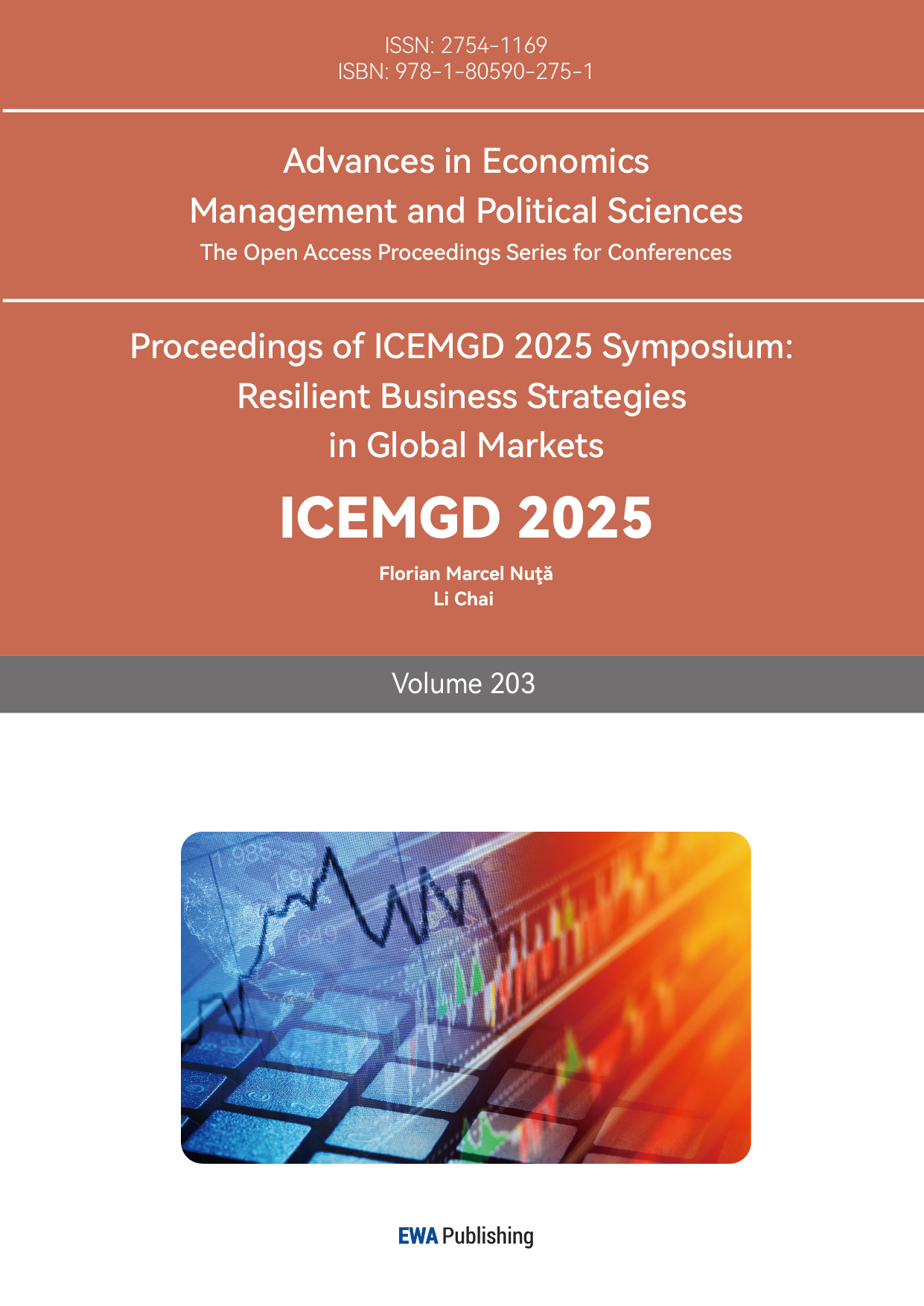References
[1]. Cipriani, M., Goldberg, L. S., & La Spada, G. (2023). Financial sanctions, SWIFT, and the architecture of the international payment system. Journal of Economic Perspectives, 37(1), 31-52.
[2]. Rijanto, A. (2021). Blockchain technology adoption in supply chain finance. Journal of Theoretical and Applied Electronic Commerce Research, 16(7), 3078-3098.
[3]. Drigă, I., & Dura, C. (2022). Retail payments landscape in Europe. Annals of the University of Petroşani, Economics, 22(2), 181–192.
[4]. Gaviyau, W., & Sibindi, A. B. (2023). Global anti-money laundering and combating terrorism financing regulatory framework: A critique. Journal of Risk and Financial Management, 16(7), 313.
[5]. Komalavalli, C., Saxena, D., & Laroiya, C. (2020). Overview of blockchain technology concepts. In Handbook of research on blockchain technology (pp. 349-371). Academic Press.
[6]. Forbes Technology Council. (2019, March 12). How blockchain is transforming cross-border payments. Forbes. https: //www.forbes.com/councils/forbestechcouncil/2019/03/12/how-blockchain-is-transforming-cross-border-payments/
[7]. Reuters. (2024, October 9). Is blockchain the next big thing for insurance companies? Reuters. https: //www.reuters.com/legal/legalindustry/is-blockchain-next-big-thing-insurance-companies-2024-10-09/
[8]. International Monetary Fund. (2022). Digital money and payment systems: New challenges for regulation and supervision (IMF Working Paper No. 2022/151). International Monetary Fund.
[9]. Financial Stability Board. (2023, February 23). G20 Roadmap for Enhancing Cross-border Payments: Priority actions for achieving the G20 targets.
[10]. International Telecommunication Union. (2023). Global internet usage statistics. Retrieved June 3, 2025, https: //www.itu.int/en/ITU-D/Statistics/Pages/stat/default.aspx



